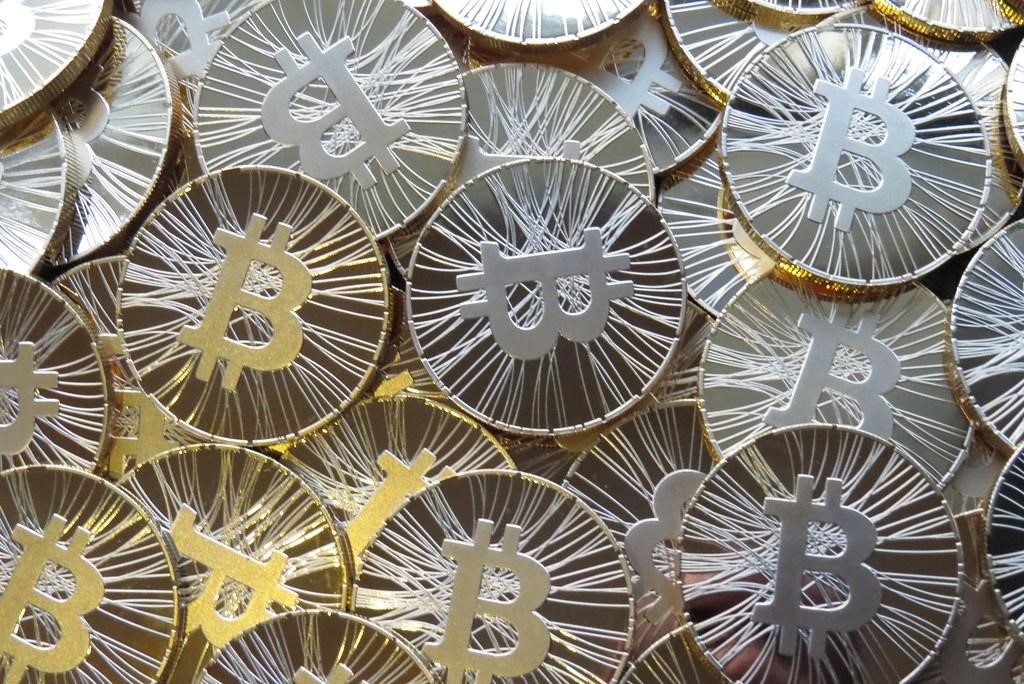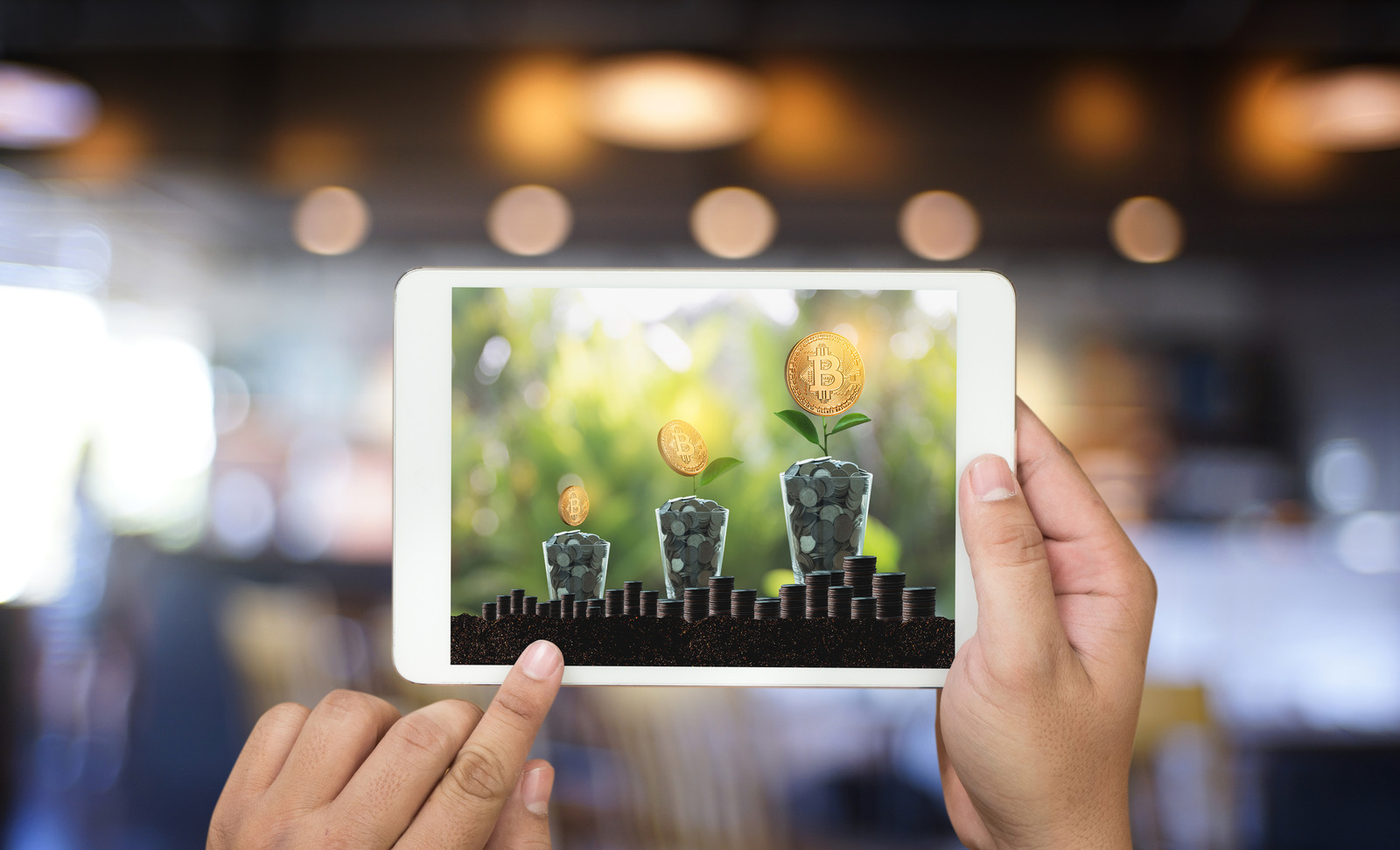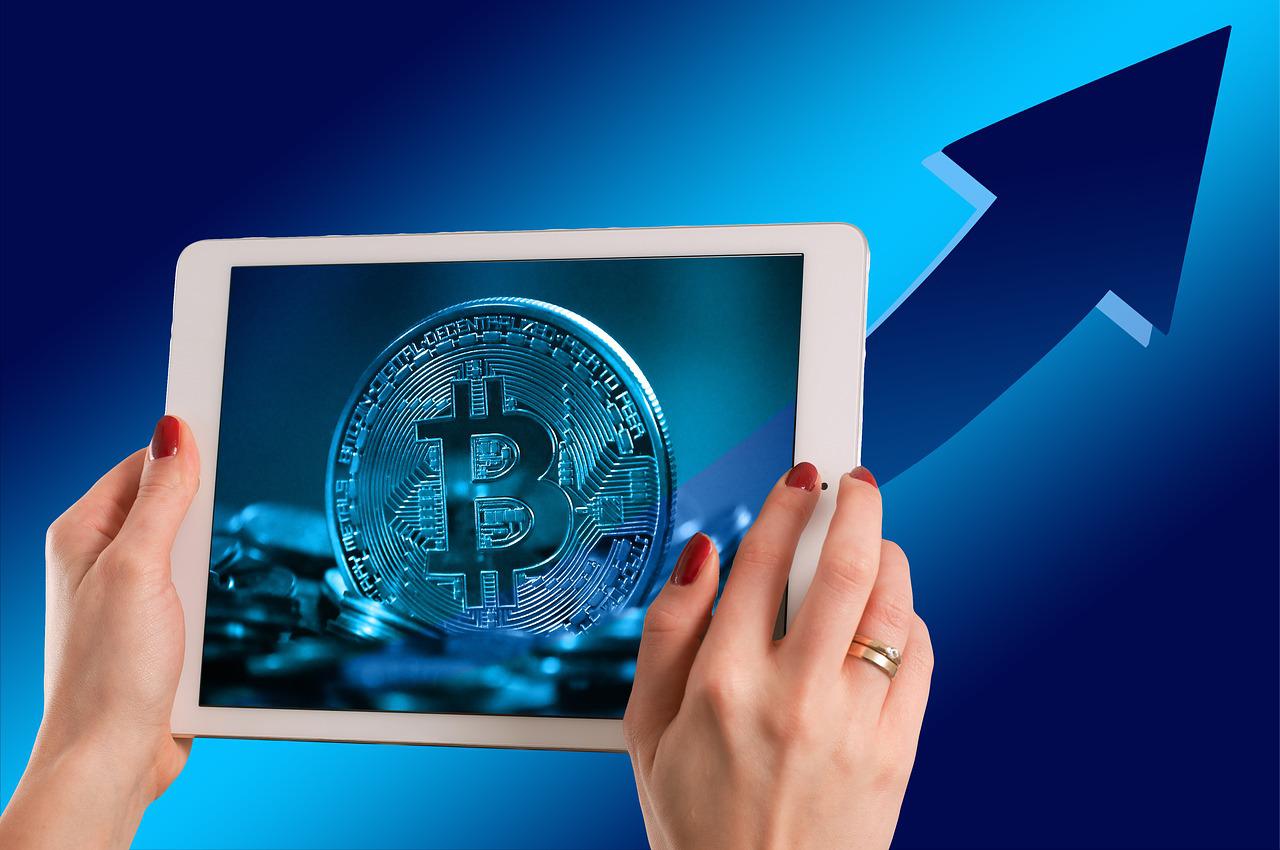Last Updated on: 20th January 2025, 02:42 pm
If you work in cryptocurrency, blockchain, or decentralized finance, you’ve probably heard the term “dApp” thrown around. But what exactly does it mean, and why should you care?
A short for decentralized application (dApp) is a new way of building apps that don’t rely on a central authority.
Whether you’re tracking cryptocurrency prices or learning about decentralized finance (DeFi), dApps are playing an increasingly important role in the future of finance. This article will explore what makes these apps special and how they’re changing the tech landscape.
What Are dApps?
A dApp is an application that runs on a decentralized network, such as a blockchain, rather than on centralized servers owned by a company.
Traditional apps like Facebook, Instagram, or even banking apps are centralized, meaning they rely on a single entity to control and operate them. In contrast, dApps take advantage of blockchain technology to distribute control across a network of nodes, meaning no single entity has full authority.
This decentralization is what gives dApps their unique qualities. It’s like shifting the power from one company to the entire community of users, making the app more open and inclusive.
What Are the Key Features of dApps?
dApps stand out because they’re built on blockchain technology. One of the most important features of dApps is transparency. Unlike centralized apps, where you have to trust a company with your data, dApps allow anyone to see the code and track the data stored on the blockchain.
Additionally, most dApps are open-source, which means that their code is accessible to everyone. This is important because it allows the community to contribute to the app’s development, improving security, fixing bugs, and adding new features.
Decentralization is the cornerstone of dApps. Instead of relying on a single server or a central authority, dApps distribute control across a network of users.
Additionally, many dApps also feature incentivization. Users can be rewarded with tokens or cryptocurrency for participating in the app by contributing data, providing liquidity, or simply using the platform.
What Are Real-World Examples of dApps?
One prominent area where dApps are making waves is in DeFi. Platforms like Uniswap allow users to trade cryptocurrencies directly with each other without the need for a middleman like a bank or exchange. This opens up the world of finance to anyone with an internet connection, giving them more control over their assets.
Another strong example comes from the gaming industry. Axie Infinity is a blockchain-based game where players can breed, battle, and trade creatures called Axies, allowing players to earn cryptocurrency as they play. This creates a new type of economy where in-game assets hold real-world value, and players can actually profit from their time spent in the game.
In social media, Steemit is a decentralized platform that rewards users with cryptocurrency for creating and curating content. Unlike Facebook or Twitter, Steemit gives users direct control over their contributions and rewards them based on the popularity of their posts.
What Are the Advantages and Challenges of Using dApps?
While dApps offer many exciting benefits, they also come with their fair share of challenges. One of the biggest advantages of using a dApp is its increased privacy and security. Because data is stored on a decentralized blockchain, there’s no central server to target for hacking, which reduces the chances of data breaches.
Another significant advantage is the lack of intermediaries. Traditional apps often rely on intermediaries like banks, payment processors, or advertising companies. dApps cut out the middleman entirely, which means transactions can be completed faster and with lower fees.
However, dApps are have challenges. One of the main issues they face is scaling. Blockchain networks, like Ethereum, can become congested when too many people use the network at once. This leads to slower transaction times and higher fees, which can be frustrating for users.
Finally, there’s the issue of regulation. Since dApps operate outside the control of traditional authorities, they don’t always fit neatly into existing legal frameworks. Governments are still figuring out how to regulate decentralized platforms, which creates uncertainty for developers and users alike.
The Future of dApps
Despite the challenges, the future of dApps looks incredibly promising. As blockchain technology continues to improve, people can expect more efficient and user-friendly dApps to emerge. Advancements in scalability, like Ethereum 2.0, promise to make dApps faster and cheaper to use, solving some of the current pain points.
dApps may also branch out into even more industries, from supply chain management to healthcare, where their transparency and decentralization can provide real value. As cryptocurrency and blockchain adoption grows, so too will dApps. The potential is limitless, and we’re just scratching the surface of what they can do.
In conclusion, dApp is an innovation that’s changing the way we think about apps, data, and the internet itself. While there are still challenges to overcome, the promise of decentralization is too powerful to ignore. As blockchain technology grows, expect to see dApps play an even bigger role in how we interact with the digital world.






